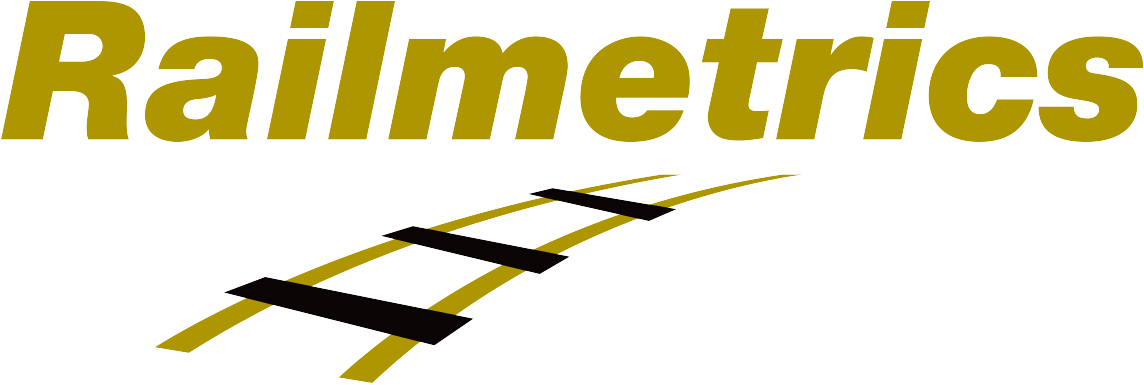FAQ#041 – Modem 3G/2G o router 4G/3G quale tecnologia scegliere?
L’utilizzo del modem 3G/2G è consentito solo nei seguenti casi: Con il modem 3G/2G, il collegamento da remoto è da considerarsi di emergenza. Il caricamento delle pagine è estremamente lento in caso di scarsa qualità del segnale. Il collegamento remoto necessita che il PC sia dotato di modem GSM o modem analogico collegato a rete […]
FAQ#040 – La gestione del router 4G/3G cambia a seconda della modalità di alimentazione del sistema di acquisizione?
Ci sono due alternative di comunicazione in base alla fonte di energia disponibile in sito:
FAQ#039 – Router 4G/3G: quale scegliere?
Per collegarsi ad OMNIAlog attraverso internet è necessario installare un router all’interno dell’armadio di OMNIAlog ed inserire nel router una SIM (can APN) abilitata al traffico internet (SIM non inclusa nel prezzo del router). VINCOLI: (1) Rintracciabilità dell’IP dinamico (2) – Blocco traffico in ingresso (dipende dal provider). Se il provider blocca il traffico dati […]
FAQ#038 – E’ necessario collegare il TEL-310S alla rete elettrica prima della configurazione?
Nel caso il TEL-310S venga immagazzinata per un periodo superiore a due mesi, SISGEO suggerisce di alimentare il sistema per almeno 8 ore prima di configuralo ed iniziare le letture; questo per ricaricare la batteria di backup che, se completamente scarica, potrebbe impedire il corretto funzionamento del sistema.
FAQ#037 – Which is the linear thermal expansion coefficient of the graduated flat cable (tape) of Water Level Indicators (WLI) and BRS settlement probes?
The linear thermal expansion coefficient of the flat graduated cable is 16x10E-6 m/ °C.
FAQ#036 – Which is the right mix for inclinometer casing grouting?
There is not an exact ratio for each kind of soil. It depends from many factors that could change for every geological and geotechnical situation. Anyway the grouting should be similar to the soil even if is not really possible to match both characteristics. Approximate Cement/Water/Bentonite mix ratio are: – for hard and medium soil: […]
FAQ#034 – Is possible to repair/change the manometer without disassemble the load cell?
It is not possible to repair/change the manometer without disassemble the load cell. The scope of the glycerine inside of the manometer display is only to show eventual tampering of the manometer. The load cell work properly without glycerine, too.
FAQ#033 – I have received the calibration Report of a piezometer. There is not the K Thermal Factor noted. In which way may I proceed?
If the value is not indicated in the Calibration Report, you should use this formula: K = -1 digit/°C For each degree of increase of temperature you should reduce 1 digit.
FAQ#032 – Which is the reading method of the new generation of SISGEO vibrating wire readouts and loggers?
For VW sensors Sisgeo has developed automatic algorithms to search for the resonant frequency in case of environmental noise or poor signal. In this way you can distinguish between the natural frequency of the sensor and the frequency of the noise, thereby reducing measurement errors and false alarms. This method also provides improvement in the […]
FAQ#031 – Is the DEX system suitable for in-place applications?
DEX system has been designed for automatic soil settlement monitoring (vertical movement) in unattended location. DEX system consists of a string of DEX probes installed in borehole within a ABS inclinometer casing. DEX-S, the combined inclinometer-settlement probe, provides both horizontal movements (X, Y-axis) and vertical settlement (Z-axis) for 3-D borehole automatic profile monitoring.
FAQ#030 – Why do the NATM pressure cells have repressurizing tubes?
NATM pressure cells are normally used to measure tangential and radial stresses in concrete tunnel lining. They are embedded in concrete and after curing the cell shall be repressurized to mantain the intimate contact between the pessure pad and the surrounding material.
FAQ#029 – What is the Real Gauge Factor reported in the Specifications and Compliance Certificates of both VW embedded and arc-weldable strain-gauges?
The gauge factors for VW strain-gauges are generic factors calculated from the dimensions and the physical properties of the gauge material. The VW strain-gauges arep roduced in series with industrial method, so each strain gauge is equal to the other: it means that the gauge factor of VW strain gauges do not change. The Gauge […]








